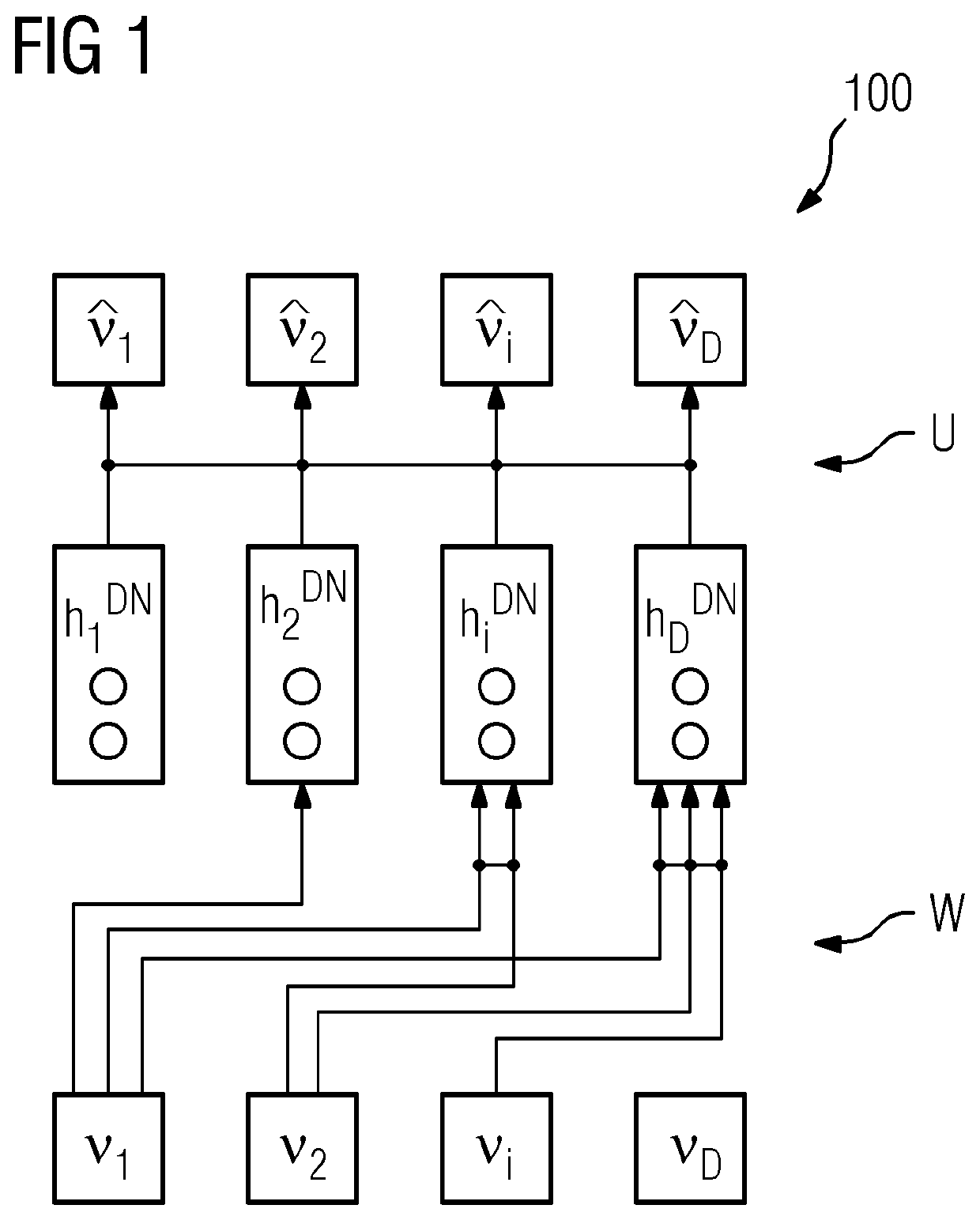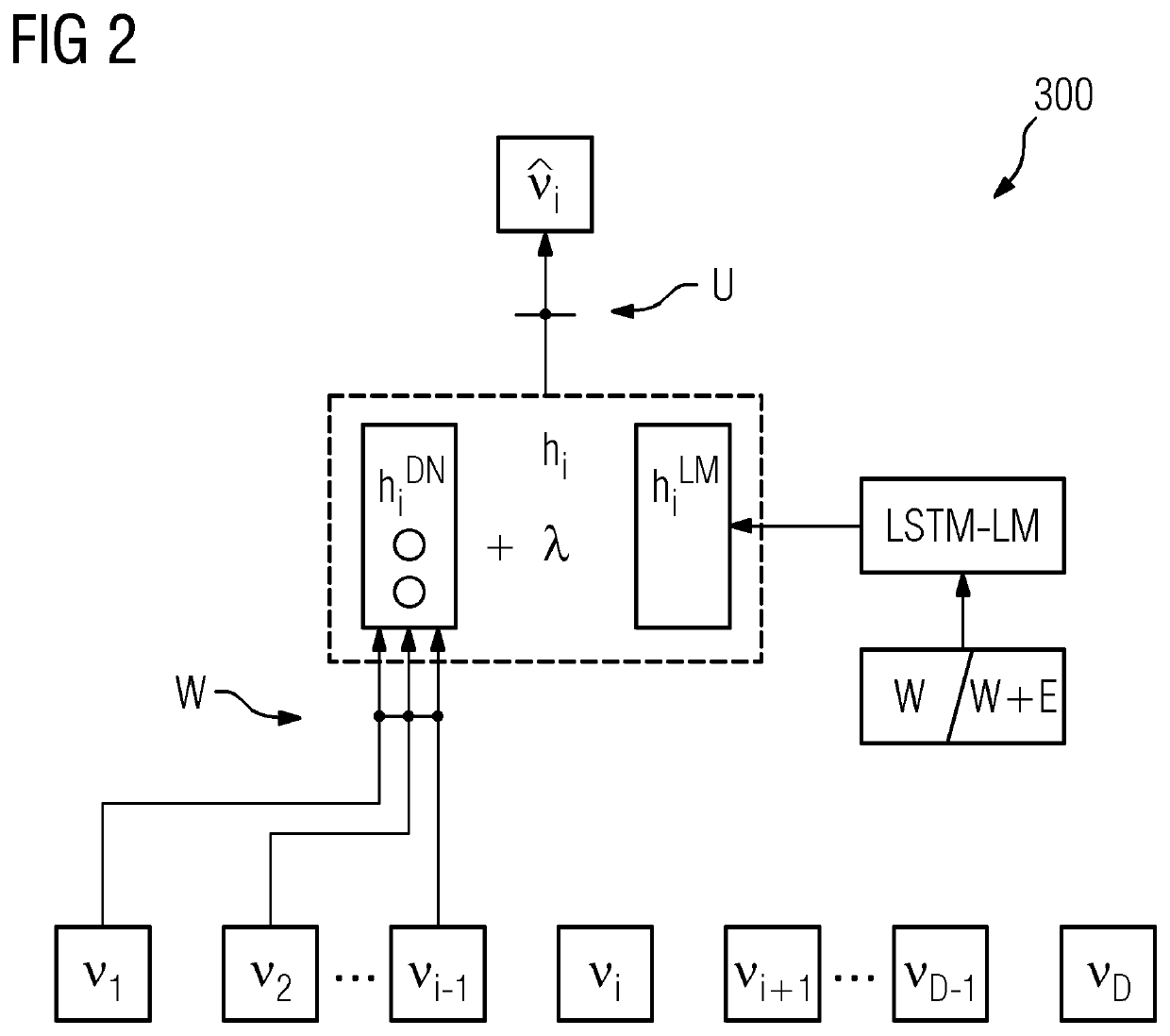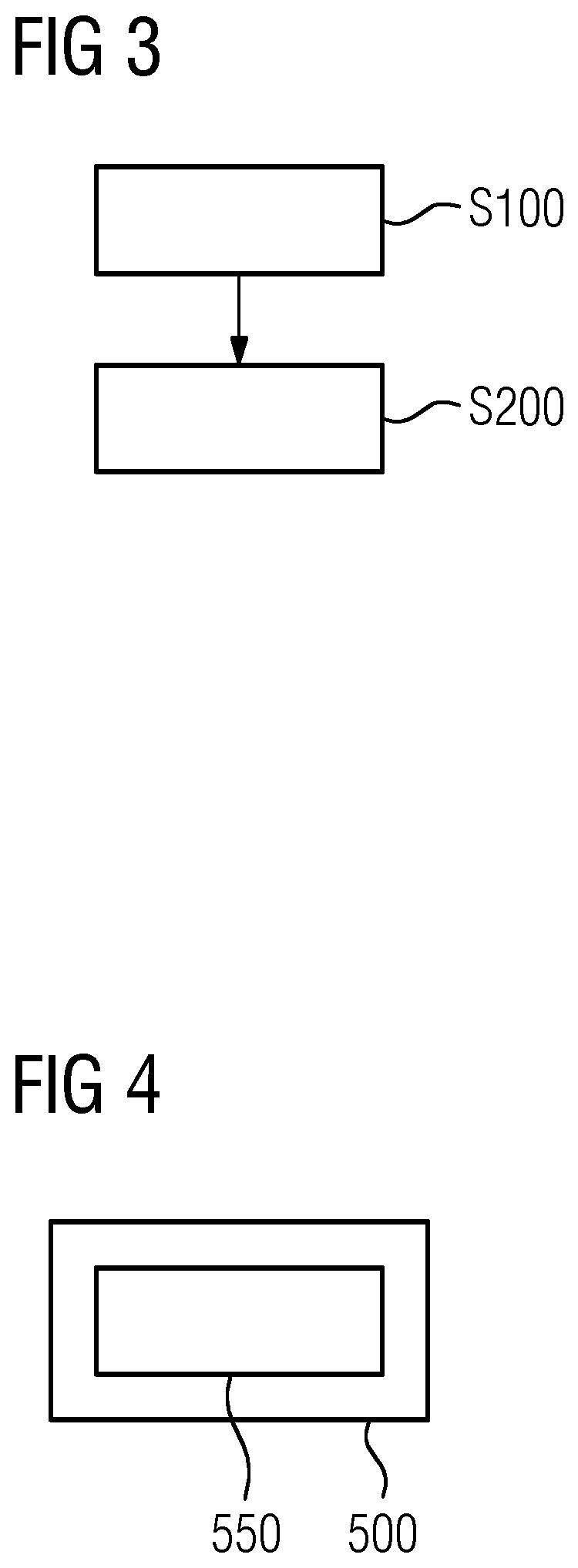System and method for natural language processing with a multinominal topic model
- Summary
- Abstract
- Description
- Claims
- Application Information
AI Technical Summary
Benefits of technology
Problems solved by technology
Method used
Image
Examples
Embodiment Construction
t of the third aspect of the invention.
DETAILED DESCRIPTION
[0040]In the following description, for purposes of explanation and not limitation, specific details are set forth in order to provide a thorough understanding of the present invention. It will be apparent to one skilled in the art that the present invention may be practiced in other implementations that depart from these specific details.
[0041]In FIG. 1 a DocNADE model 100 is illustrated according to the state of the art. DocNADE 100 is a generative neural autoregressive topic model to account for word counts, inspired by RSM and NADE. A document is represented by transforming its BoWs into a sequence v=[ν1, . . . , νD] of size D, where each element νi∈{1, 2, . . . , K} corresponds to a multinominal observation (representing a word from a vocabulary of size K). Thus, νi is the index in the vocabulary of the ith word of the document v. DocNADE models the joint distribution conditional p(v) of all words νi by decomposing it a...
PUM
 Login to View More
Login to View More Abstract
Description
Claims
Application Information
 Login to View More
Login to View More - R&D
- Intellectual Property
- Life Sciences
- Materials
- Tech Scout
- Unparalleled Data Quality
- Higher Quality Content
- 60% Fewer Hallucinations
Browse by: Latest US Patents, China's latest patents, Technical Efficacy Thesaurus, Application Domain, Technology Topic, Popular Technical Reports.
© 2025 PatSnap. All rights reserved.Legal|Privacy policy|Modern Slavery Act Transparency Statement|Sitemap|About US| Contact US: help@patsnap.com



